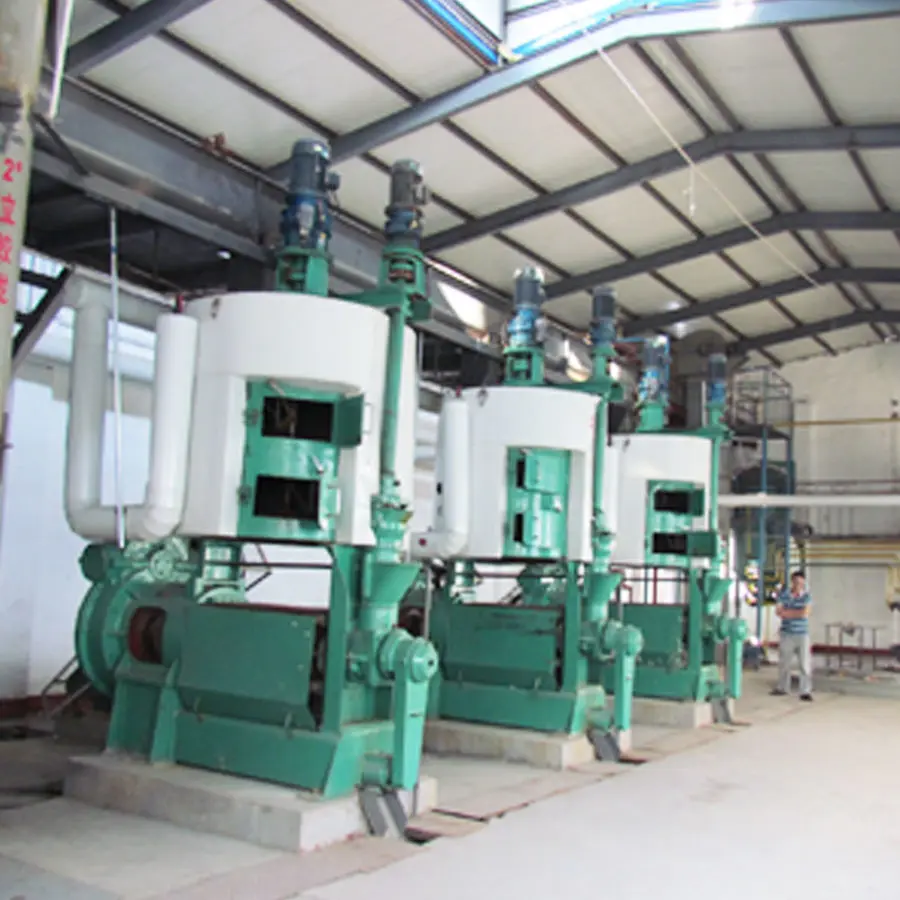Oct . 09, 2024 04:42 Back to list
oem soybean oil refinery line
The Rise of OEM Soybean Oil Refinery Lines A Sustainable Approach to Oil Processing
In recent years, the vegetable oil industry has experienced significant transformations driven by consumer demands for health-conscious, sustainable, and high-quality products. Among the various oils produced, soybean oil stands out due to its versatile applications in food, biofuels, and industrial processes. This article explores the role of OEM (Original Equipment Manufacturer) soybean oil refinery lines in enhancing production efficiency and sustainability in the oil refinement sector.
Understanding OEM Soybean Oil Refinery Lines
OEM soybean oil refinery lines are tailored production systems designed specifically for processing crude soybean oil into refined oil. These lines are manufactured by specialized companies that provide equipment and technology to ensure optimal processing of soybean oil. The primary goal of these refinery lines is to meet the quality standards demanded by consumers while maximizing yield and reducing waste.
Key Components of Soybean Oil Refinery Lines
A standard OEM soybean oil refinery line typically comprises several stages, including degumming, neutralization, bleaching, and deodorization. Each of these processes contributes to removing impurities and improving the oil's quality
1. Degumming This initial step involves treating crude soybean oil with water or acid to remove phospholipids and other water-soluble impurities. Effective degumming is crucial as it prevents further complications in subsequent refining stages.
2. Neutralization After degumming, the oil undergoes neutralization, where it is treated with alkali to remove free fatty acids (FFAs). This step not only enhances the oil's shelf life but also improves its flavor and color.
3. Bleaching In the bleaching process, adsorbent materials, such as bleaching earth or activated carbon, are used to eliminate pigments, oxidation products, and residual soaps. This stage significantly impacts the oil's clarity and color, making it more appealing for consumers.
oem soybean oil refinery line

4. Deodorization The final stage involves steam distillation at high temperatures to remove volatile compounds that contribute to undesirable odors and flavors. This process ensures that the refined soybean oil has a neutral taste suitable for various culinary applications.
The Advantages of OEM Soybean Oil Refinery Lines
1. Customization One of the primary benefits of OEM refinery lines is their customization. Manufacturers can tailor the equipment and processes to suit specific customer requirements, resulting in optimized production lines that enhance efficiency and yield.
2. Quality and Consistency Advanced OEM technologies ensure that the refined soybean oil meets international quality standards. Continuous monitoring and control mechanisms within the refinery lines lead to a consistent quality of the final product.
3. Sustainability With increasing emphasis on environmentally friendly practices, OEM soybean oil refinery lines are designed to minimize waste and energy consumption. Many manufacturers are now focusing on integrating renewable energy sources into the production process, further lowering the carbon footprint associated with oil refining.
4. Cost-Effectiveness By optimizing the refining process, OEM lines help in reducing production costs. Enhanced efficiency allows producers to sustain competitive pricing while mitigating operational expenses.
Conclusion
The introduction of OEM soybean oil refinery lines marks a significant advancement in the vegetable oil industry. These sophisticated systems enable producers to meet global quality standards while adhering to sustainable practices. As consumer preferences shift toward healthier and environmentally responsible products, the demand for refined soybean oil is set to rise. OEM refinery lines, with their focus on efficiency, customization, and sustainability, are poised to play a vital role in meeting this growing demand while advancing the industry's commitment to responsible production practices. By embracing these innovative refining technologies, manufacturers can ensure a brighter, greener future for the vegetable oil market.
-
High-Efficiency Peanut Oil Refined Machine for Quality Oil Production Leading Exporters & Companies
NewsJul.08,2025
-
High Efficiency Sunflower Seed Oil Press – Leading Cooking Oil Press Machine Factories & Suppliers
NewsJul.08,2025
-
High-Efficiency Soybean Oil Press Machine – Leading Exporters & Reliable Companies
NewsJul.07,2025
-
High-Efficiency Seed to Oil Extractor – Reliable Extraction Machinery for Your Business
NewsJul.07,2025
-
High-Quality Pressing Screw of Oil Expeller for Efficient Oil Extraction Leading Exporters & Manufacturers
NewsJul.06,2025
-
High-Efficiency Essential Oil Extraction Machine Trusted Exporters & Companies
NewsJul.06,2025
